The year is 1972, marking a significant milestone in human space exploration with the successful completion of the final Apollo mission to the moon. President Nixon’s announcement of a new American spacecraft, the Space Shuttle, reverberates throughout the world, captivating the imaginations of people from all walks of life. This groundbreaking vehicle, envisioned as a fully reusable spacecraft capable of transporting astronauts and large satellites into Earth’s orbit, holds the promise of revolutionizing space travel.
The notion of a reusable spacecraft sparks immense excitement and hope, as it presents an opportunity to overcome the barriers of cost and accessibility that have long hindered space exploration. The Space Shuttle program aims to drastically reduce the expenses associated with reaching orbit, opening up new frontiers for scientific research, commercial ventures, and even the dreams of space tourism.
As the development of the Space Shuttle program progresses, a dedicated team of engineers, scientists, and technicians diligently work to transform the visionary concept into a tangible reality. Countless hours are spent in research, design, and testing to ensure the spacecraft’s structural integrity, functionality, and safety.
Space Shuttle and reusability
NASA, in collaboration with industry partners, embarks on an ambitious journey to create a fully reusable vehicle that can withstand the extreme conditions of space while minimizing the financial burdens of each mission. This undertaking involves pushing the boundaries of aerospace engineering, employing cutting-edge technologies, and leveraging the collective knowledge gained from previous space missions.
The Space Shuttle program, from its inception, embraces a vision of affordability and operational efficiency. NASA estimates that over the planned 14-year lifespan of the Shuttle, the entire program will require a budget of approximately $45 billion, with each flight projected to cost around $54 million.

NASA’s original estimates fell very short, underestimating the financial investment required for the Space Shuttle program. By the time the program concluded in 2011, NASA had expended a total of $196 billion, far exceeding the initial projections. Despite these significant costs, the program managed to achieve a reduction in the cost per launch, albeit not to the extent initially envisioned. The cost per launch was ultimately brought down to around $450 million.
The challenges faced by the Space Shuttle program, leading to higher expenses, were largely attributed to the extensive refurbishment necessary after each flight. The initial concept was to streamline the turnaround process, aiming for a quick inspection and check-out period of approximately two weeks, mirroring the efficiency of commercial airliners. However, practical implementation revealed that the actual turnaround time averaged around three months, far exceeding the initial expectations.
Refurbishment difficulties
The refurbishment process encompassed various critical tasks, including the detachment and refurbishment of each of the three RS-25 engines after every flight. Additionally, the handling of the toxic propellants used for the Reaction Control System (RCS) thrusters necessitated exclusive focus, prohibiting other activities on the Shuttle during this time.
Among the most time-consuming aspects of the refurbishment process was the meticulous inspection of the heat shield. The Space Shuttle’s heat shield comprised an intricate arrangement of approximately 35,000 individual tiles, each requiring individual examination and assessment between flights. This painstaking procedure added significant time and effort to the post-flight operations.
As SpaceX charts a new course in space exploration, they are addressing the challenges that plagued the Space Shuttle program. One notable divergence lies in their approach to the heat shield. SpaceX plans to utilize a material known as PICA-X, which offers distinct advantages in terms of durability and reusability. While the material gradually wears away after each flight, SpaceX aims to maximize its utility, striving for hundreds of uses before necessitating complete replacement.

If SpaceX desires Starship to succeed as a cost-effective and reusable spacecraft, they must achieve mastery in the realm of rocket reusability. Currently, the Falcon Heavy, operating in its fully reusable mode, exhibits a comparable payload capacity to that of the Space Shuttle, yet at a significantly reduced cost. However, even with this achievement, SpaceX must navigate the delicate balance of maintaining safety standards while pushing the boundaries of reusability.
Safety issues
Interestingly, one of the significant challenges faced by the Space Shuttle program did not stem from the vehicle itself but rather from NASA’s evolving attitude toward safety. During the 1980s, there was a noticeable shift in NASA’s approach, with a gradual relaxation of safety protocols. This change in mindset had an impact on the program’s overall performance and safety record.
Due to an incredibly ambitious launch schedule, which imposed significant pressure on NASA’s upper-level management, there was a growing phenomenon known as “go-fever” within the organization. In their pursuit of meeting these ambitious launch dates, potential safety hazards were often overlooked or downplayed. Tragically, this ultimately resulted in two fatal disasters during the Space Shuttle program, serving as a stark reminder of the consequences that can arise from compromising safety for the sake of expediency.
As SpaceX sets its sights on the early 2020s for Starship’s inaugural flight to Mars, it is imperative that they avoid treading a similar path of cutting corners to meet self-imposed deadlines. The lessons learned from the Space Shuttle program underscore the vital importance of prioritizing safety above all else, especially when venturing into uncharted territories.
SpaceX development style
Fortunately, one notable strength demonstrated by SpaceX throughout their journey is their agility in making swift design changes to their rockets. Elon Musk himself has emphasized the dynamic nature of their rocket development process, stating that no Falcon 9 rocket is ever the same. With each new iteration, upgrades and improvements are seamlessly incorporated into the design, ensuring continuous enhancements and optimizations as new rockets roll out of the factory.

This rapid and iterative development approach employed by SpaceX played a pivotal role in their ability to refine and perfect the propulsive landing technique of the Falcon 9 rockets. Through relentless innovation and continuous learning, they successfully overcame numerous technical challenges, ultimately achieving a remarkable feat of rocket reusability. The Falcon 9’s ability to autonomously return and land upright on Earth after delivering its payload revolutionized the space industry, significantly reducing costs and paving the way for future exploration.
However, alongside their remarkable successes, SpaceX has also encountered their fair share of failures, as is often the case with groundbreaking endeavors. Acknowledging the inherent risks associated with space travel, they recognize that failure is not an option when it comes to launching humans aboard Starship. The stakes are exponentially higher, demanding an unprecedented level of precision, reliability, and safety.
Another significant factor that hindered the Space Shuttle program’s progress was the intricate and decentralized nature of its design and manufacturing process. In an effort to garner support from Congress and distribute the workload, the program was divided among numerous companies spanning various locations across the country. While this approach aimed to present a more appealing image and engage a broader network of stakeholders, it inadvertently introduced a multitude of challenges and obstacles.
Everything is in-house
The dispersal of responsibilities across different entities introduced a level of complexity that had far-reaching consequences for the program. With each company contributing their expertise to specific components or subsystems, coordination and integration became paramount. Ensuring seamless compatibility and synchronization among the different elements of the Space Shuttle required extensive efforts and meticulous attention to detail.Unfortunately, this decentralized approach had its drawbacks. As the program evolved, it became evident that the fragmented nature of the manufacturing process increased both the cost.
The intricate web of collaboration and communication required between companies added layers of administrative and logistical complexity, which contributed to project delays and cost overruns. Coordination issues, divergent manufacturing practices, and the need for extensive testing and verification across different facilities further compounded these challenges.
On top of that, NASA had certain stipulations for the Space Shuttle, often requiring outdated hardware to be used instead of developing a newer and more effective solution.
Since SpaceX won’t need to adhere to the specific requirements imposed on the Space Shuttle, they enjoy the freedom to design Starship from a blank canvas. This provides them with a unique advantage as they can tailor every aspect of the vehicle to work together seamlessly and harmoniously. With SpaceX taking the reins of designing and manufacturing nearly every part of the spacecraft themselves, they can ensure that each component aligns perfectly with their vision and objectives.
The ability to have complete control over the design and production process grants SpaceX the opportunity to optimize the performance and efficiency of Starship. By eliminating the need to integrate components from multiple suppliers or navigate complex collaborations, SpaceX can streamline their operations and create a cohesive and integrated system.

While there may be some parallels between the excitement surrounding Starship and the early days of the Space Shuttle, it is worth noting that SpaceX has already demonstrated remarkable progress and achievements. Their track record of success, including the development of the Falcon 9 and the groundbreaking propulsive landing technique, provides a solid foundation for optimism.
However, the question remains: will Starship live up to its ambitious goals of low cost and rapid reusability? It is a complex undertaking that requires overcoming various technical, operational.
As with any groundbreaking endeavor, there may be hurdles and setbacks along the way. Yet, considering SpaceX’s demonstrated commitment to pushing boundaries and their willingness to iterate and improve upon their designs, there is a genuine sense of excitement and anticipation surrounding Starship.
What are your thoughts on Starship? Do you believe it will successfully fulfill its goals and revolutionize space exploration, or do you foresee potential obstacles in achieving the promised cost efficiency and rapid reusability? Feel free to share your insights and opinions in the comments section below.
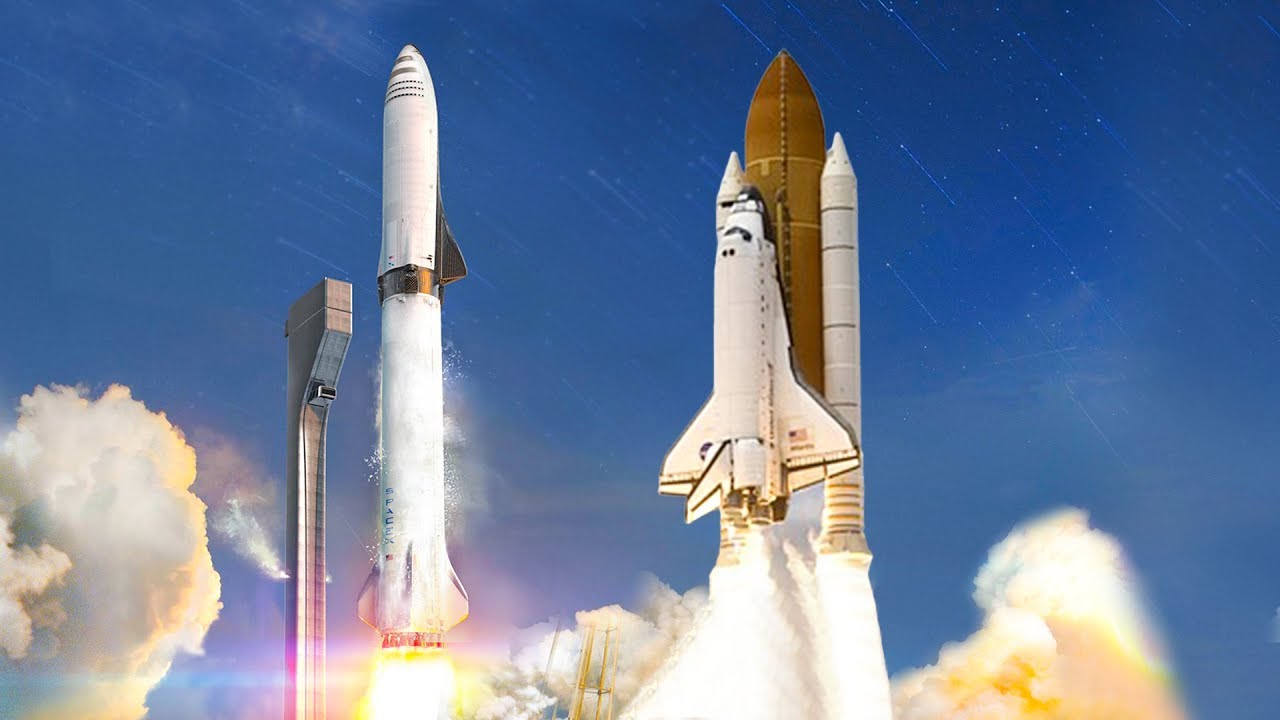
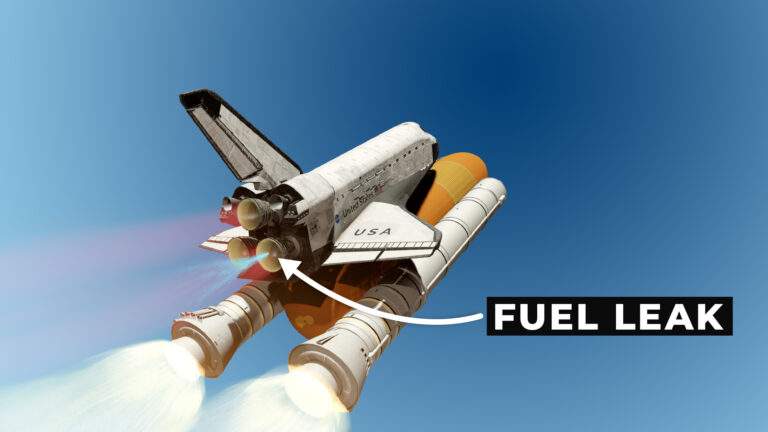
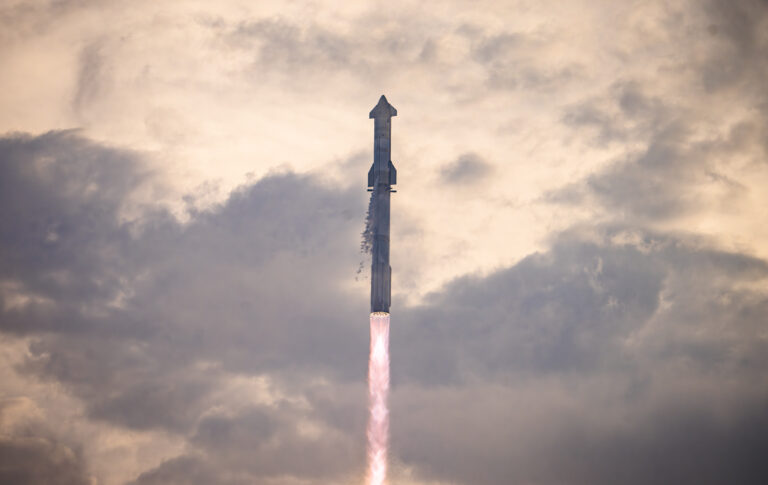
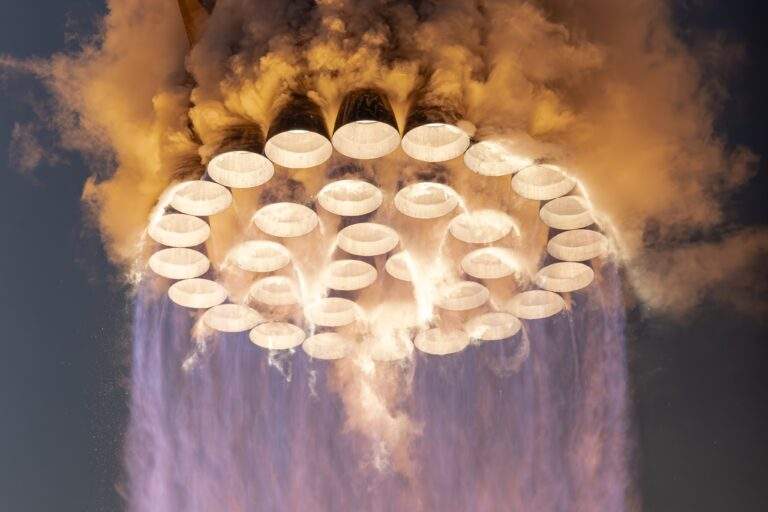
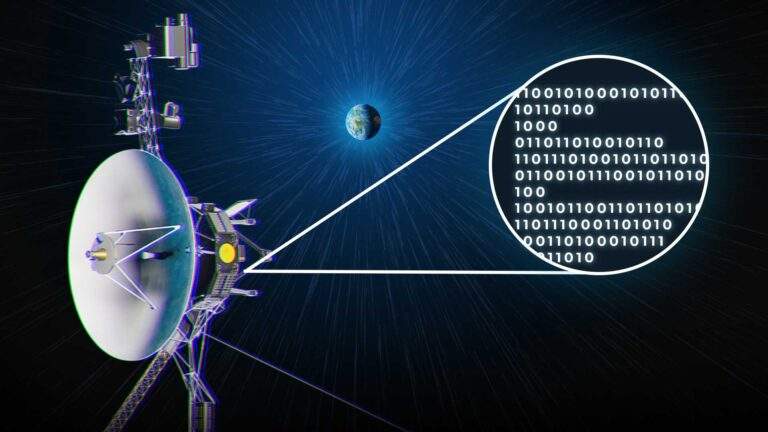









Your point of view caught my eye and was very interesting. Thanks. I have a question for you.
Thanks for sharing. I read many of your blog posts, cool, your blog is very good.
Thank you for your sharing. I am worried that I lack creative ideas. It is your article that makes me full of hope. Thank you. But, I have a question, can you help me?
I don’t think the title of your article matches the content lol. Just kidding, mainly because I had some doubts after reading the article.